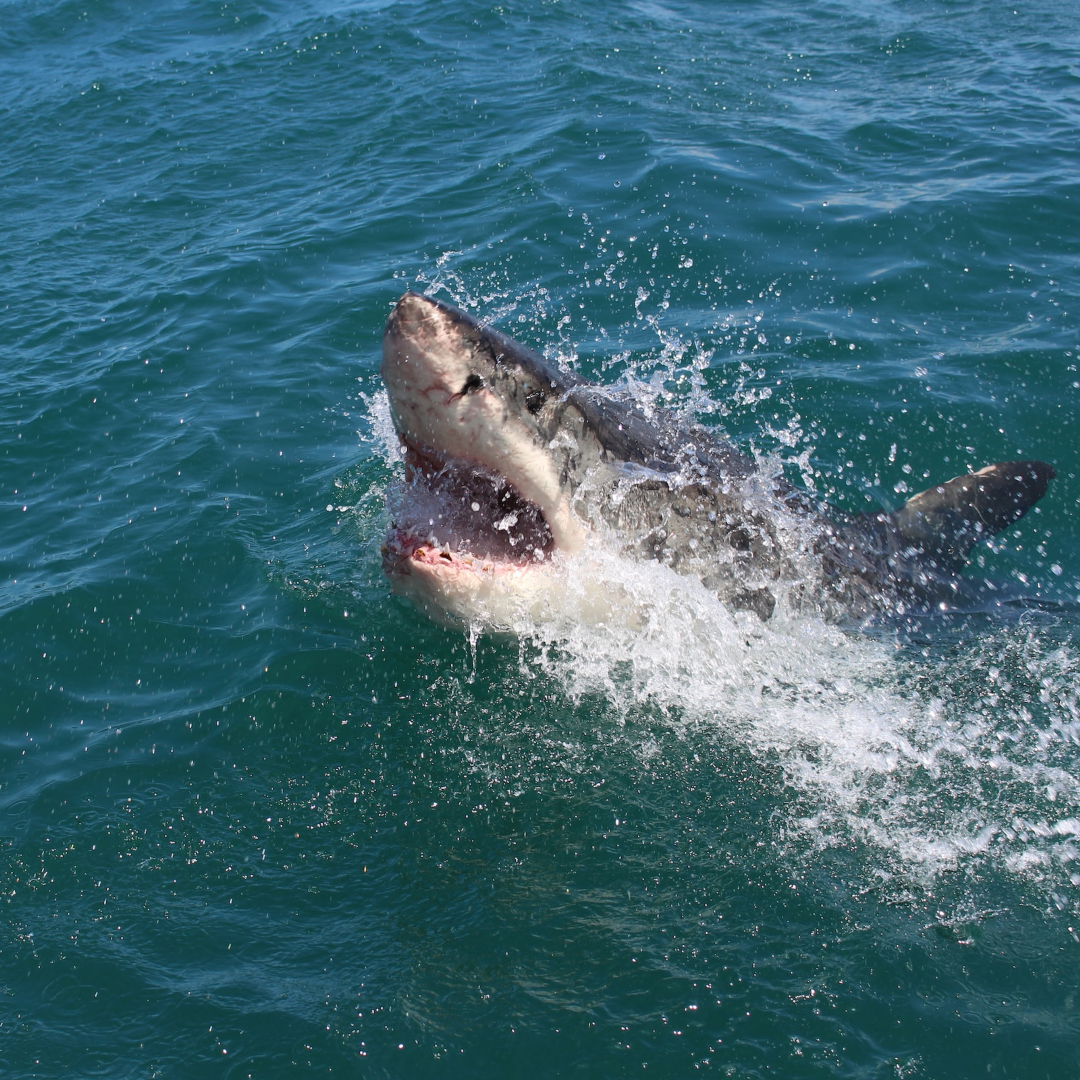

Unprovoked shark attacks have risen around the world, and the East Coast is in the middle of this surge. Sharks, especially the aggressive Great Whites and Tiger sharks, have made the waters around North America their home, while the Florida beaches are getting the most attention. While shark sightings send a shiver down one’s spine, it is definitely an experience of a lifetime. It is one thing to know that a shark is in the vicinity, but the danger trebles when these mysterious creatures creep up on swimming enthusiasts.
Watch What’s Trending Now!
Sharks are expert predators and are led by their own sense of instinct and curiosity. Often, when a shark encounters swimmers in the water, they do not know whether it is another predator or prey. Driven by curiosity, they approach the swimmer, which subsequently leads to a shark attack. Now, a professional marine life photographer and swimming enthusiast shares some crucial tips to keep these formidable beasts at bay.
ADVERTISEMENT
Marine life photographer shares tips to prevent shark attack
Scott Fairchild is a celebrated marine life photographer who specializes in capturing sharks in their natural habitats. He has recently shared a video of a lone swimmer from San Diego in the crystal-clear ocean water, unaware of the danger lurking behind him. A great white shark was on his tail, swimming inches away from him. Fairchild captioned the video on Instagram, “Great White investigates an open water swimmer”.
View this post on Instagram
While the viewers were apprehensive of the swimmer’s safety, Fairchild explained, “While this can be alarming to watch, it’s also a perfect microcosm of all that is true with respect to Great Whites”. He further elucidated that these apex predators are unlike others in the ocean and deserve our respect. He also highlighted the importance of caution, saying, “They are most certainly not puppies”. Scott Fairchild sought to alleviate speculations about these supposed hunters and denounced the man-hunter theory.
ADVERTISEMENT
He used the video as proof that shark attacks are the by-product of the shark’s curiosity and not its natural hunting instinct. In the video, the great white shark approached the swimmer from behind, keeping its distance till it could ascertain the best course of action. Fairchild explained, “With unmatched hunting skills, it approaches from beneath and behind, showing that self-preservation comes first and that a surprise attack provides the greatest chance of success. Success being defined as first and foremost, their own safety, and secondly a kill. And last but not least, their obvious knowledge that we are not a part of their diet”. With that, he has already hinted at the next move to avoid a shark attack.
Top Stories
Greg Biffle’s $4M Worth Prized Possession Still Without a Buyer Leaves NASCAR Fans Heartbroken

LIV Golf Braces for Another Possible Exit in Wake of Brooks Koepka Departure

Sean Payton Announces Retirement Plans as Broncos HC Demands Improvement From Bo Nix & Co. Before Playoffs

Biff Poggi All But Confirms Bryce Underwood’s Michigan Future After Announcing His Own Departure

Roger Federer Draws Criticism from Swiss Government Chief for Tourism Boom in Country

Amanda Balionis Confirms New Relationship Ending Months of Rumors

ADVERTISEMENT
Key measures to save swimming enthusiasts
Swimmers or surfers who find themselves in the water with a shark can easily lose their nerves. Sharks can sense that fear and are drawn to it, thinking they are pursuing prey. Flipping the predator-prey dynamics in such situations will provide the best chance of survival.
Instead of thrashing about the water trying to get away, the swimmer must stand his ground. As it is, a human can never outswim a shark, so it is better to remain calm and let it come to you. The video is proof that if a swimming enthusiast keeps his cool, the shark might lose interest in them.
ADVERTISEMENT
Scott Fairchild has blamed speciesism for the sharks’ bad reputation. As a result, they are now the victims of misunderstanding and fear. He says these are majestic creatures that are important for ocean health and deserve protection, especially from humankind.
Watch This Story: A Kayak Fisherman in Oahu Encounters the Man-Eating Tiger Shark – Here’s What Happened Next
ADVERTISEMENT
ADVERTISEMENT
ADVERTISEMENT

